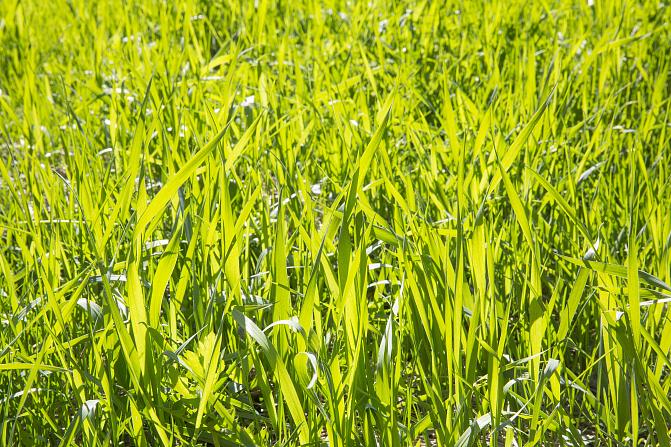Spring-sown wheat offsets winter damage to autumn-sown wheat

According to the preliminary statistics for 2022 of the Natural Resources Institute Finland (Luke), the utilised agricultural area is nearly 2.3 million hectares. Spring-sown wheat, oat and pea areas increased the most. The barley area continued to decrease, being the lowest in 50 years.
The preliminary statistics on the utilised agricultural area in 2022 indicate what cereals were sown in the spring of 2022. Now, the statistics also include regional preliminary data.
“The field area appears to have focused slightly more on actual crops than during a normal year, and their areas are showing signs of an increase. At the same time, the fallow area has started to decrease,” says Irene Rosokivi, senior statistician at Luke.

Damage to autumn-sown wheat covered by spring-sown wheat
The autumn-sown wheat area of 36,000 hectares decreased by more than 30 percent from the previous year. According to the preliminary statistics of the autumn of 2021, the autumn-sown wheat area was record-high at 105,500 hectares. However, a large part of the crops was destroyed in places. Based on parcel-specific data, the damage appears to be the worst in Southwest Finland, in which the autumn-sown wheat area decreased by nearly 26,000 hectares from the previous year.
The spring-sown wheat area, in turn, increased by nearly 33,000 hectares to 195,000 hectares this spring. The last time the spring-sown wheat area was this high was in 2016. The increase focuses significantly on Southwest Finland, in which autumn-sown wheat underwent the most damage, with the spring-sown wheat area increasing by more than 20,000 hectares.
The barley area decreased the most in Uusimaa and Pirkanmaa
The total barley area decreased last spring by four per cent, or nearly 19,000 hectares. This means that the barley area was the lowest since 1971. Regionally, the barley area decreased the most in Uusimaa (-11%) and Pirkanmaa (-10%). Changes in the barley area were divided fairly evenly between feed barley and malting barley. The area of feed barley was 363,000 and that of malting barley 66,000 hectares.
The oat area increased the most in Southwest Finland
The oat area of 335,000 hectares increased by nearly 4,000 hectares. The area increased the most in Southwest Finland, by roughly 34,000 hectares. Oat production is highly concentrated regionally. Nearly a third of all oats in Finland were produced in Southern Ostrobothnia and Southwest Finland.
The pea area increased significantly to 35,000 hectares
This spring, the pea area increased more than ever before, by 12,000 hectares. Overall, the pea area has more than trebled during the last five years. The pea area increased relatively the most in Southeast Finland and Northern Savonia. The pea area is the largest in Southwest Finland (8,000 hectares) and Southern Ostrobothnia (5,000 hectares).
The broad bean area continued to decrease, as in previous years, remaining at a little more than 11,000 hectares. Broad bean production is largely centralised in Southwest Finland and Uusimaa, with the broad bean area being low in other regions.
The total turnip rape and rapeseed area was 43,000 hectares
Oil crop areas increased significantly following the previous year’s slump. The area of turnip rape was nearly 34,000 and that of rapeseed roughly 9,500 hectares. The majority of the turnip rape area was located in Southwest Finland and Southern Ostrobothnia. The rapeseed area was even more regionally centralised: Southwest Finland accounted for nearly half of the total area.
Crops took over the fallow area
The area of fallows of 208,000 hectares decreased by roughly 5,000 hectares. The area decreased relatively the most in Southern Ostrobothnia and Ostrobothnia. Overall, it appears that larger field areas than normal are allocated to actual crops. An opposite situation was experienced last year.
Background to the statistics
The statistical data are based on crop-specific cultivation areas reported this spring by farmers in conjunction with main subsidy applications. It is estimated that 97 per cent of the reports were available by the time these preliminary data were published.




